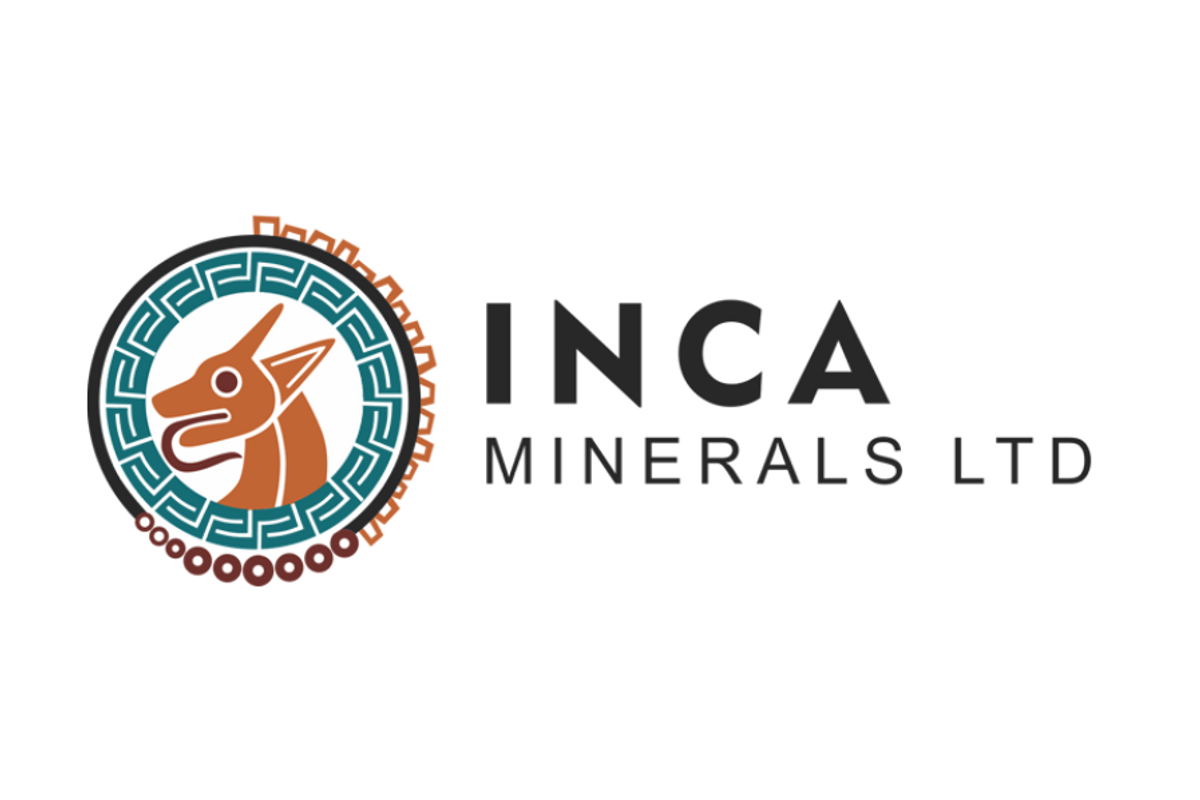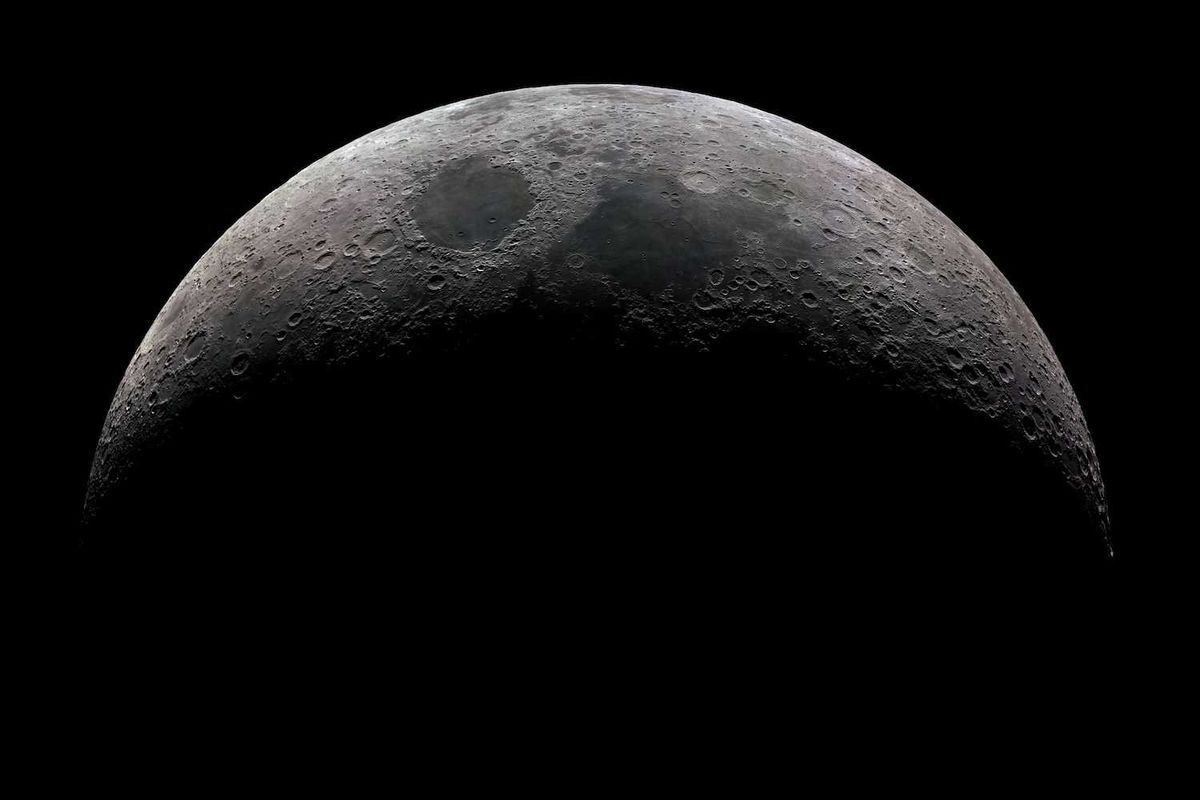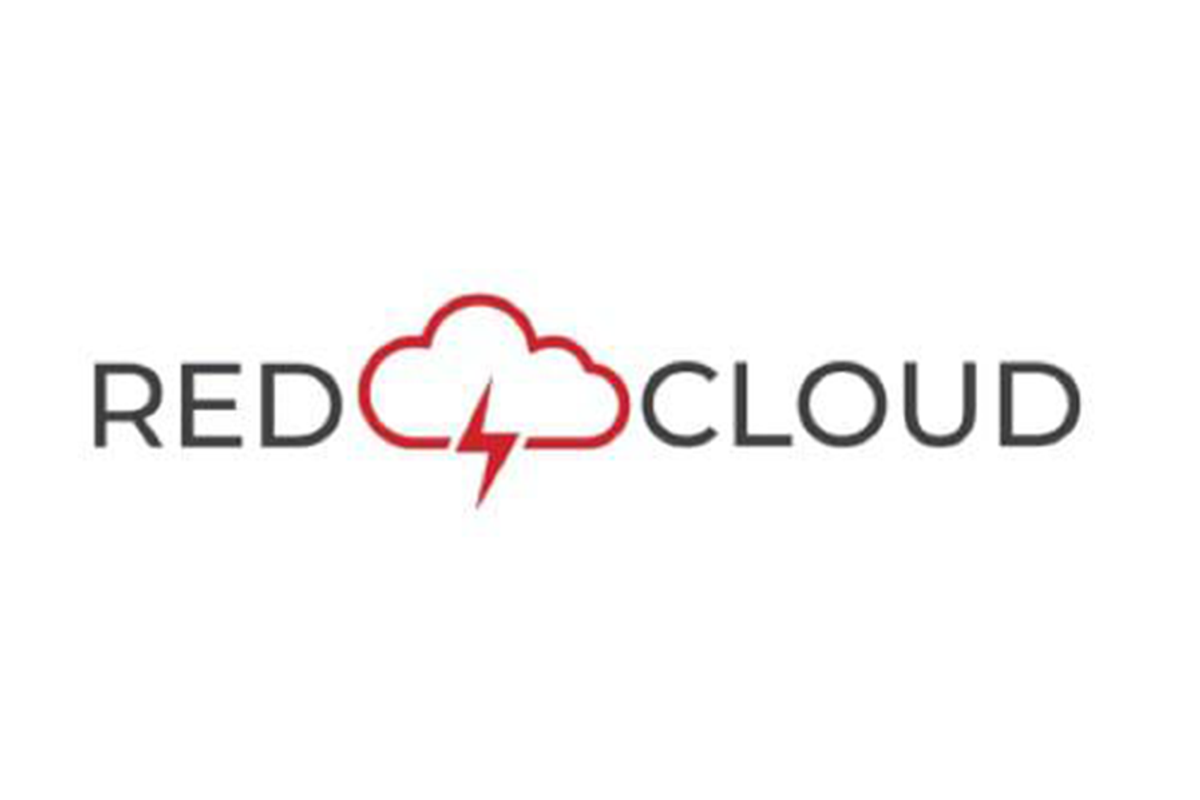
February 04, 2025
Inca Minerals Limited (ASX: ICG) (Inca or the Company) is pleased to announce that it has entered into a binding Bid Implementation Agreement to acquire Stunalara Metals Limited (Stunalara) via an off market takeover bid (Bid). If successfully completed, Stunalara shareholders will be issued a total of ~ 300,000,000 fully paid Inca shares (being ~ 22.6% of Inca post Bid assuming no other shares are issued).
Stunalara Highlights
- Stunalara is a public unlisted Australian exploration company with projects in Queensland, Tasmania and Western Australia.
- Stunalara’s key asset is the high-grade gold & gold-antimony Hurricane exploration project in North Queensland (NQ) that has multiple undrilled high-grade gold & gold-antimony prospects developed from rock chip and grab sampling.
- Gold Prospects
- Cyclone – up to 4.9 g/t (Au)
- Cyclone North – up to 7.4 g/t (Au)
- Monsoon – up to 4.0 g/t (Au)
- Hurricane North – up to 45.7 (Au)g/t
- Hurricane South – up to 41.5 g/t (Au)
- Tornado – up to 17.6 g/t (Au)
- Typhoon – up to 71.6 g/t (Au)
- Gold-Antimony Prospects
- Bouncer South – Antimony (Sb) up to 20.8% & up to 7.9 g/t Au
- Holmes – Sb up to 29.0% & up to 21.7 g/t Au
- Holmes South – Sb up to 43.2% & up to 5.2 g/t Au
- Pederson West – Sb up to 5.3% & up to 2.2 g/t Au
- Gold Prospects
Transaction Highlights
- At a deemed Inca share price of $0.006, the Bid consideration of 300,000,000 Inca shares implies a value of $1.8 million for Stunalara (fully diluted).
- Stunalara shareholders will be offered 6.448981 Inca shares for every 1 Stunalara share held, valuing each Stunalara share at ~4.5 cents each (Offer)1.
- The Offer will be subject to standard conditions including, that, at or before the end of the Offer period, Inca has a relevant interest in at least 90% of all Stunalara shares on issue (on a fully-diluted basis).
- Stunalara has engaged an Independent Expert to advise Stunalara shareholders on the fairness and reasonableness of the Offer as Inca director, Mr Andrew Haythorpe, is also a Stunalara director and holds a ~18.6% Stunalara shareholding. Stunalara has also established an independent board committee.
- ASX has confirmed that Listing Rules 11.1.2 and 11.1.3 do not apply to the transaction.
- Subject to there being no superior proposal and the Independent Expert concluding and continuing to conclude that the Offer is either fair and reasonable, or not fair but reasonable:
- Inca has been informed by Andrew Haythorpe that he intends to accept the Offer twenty-one days after the Offer becomes open for acceptance with respect to all Stunalara shares owned or controlled by him; and
- Inca has been informed the Stunalara Board will unanimously recommend that all Stunalara shareholders accept the Offer.
- Under the Bid Implementation Agreement, a mutual reimbursement fee of $100,000 may be payable in certain circumstances by either Inca or Stunalara.
- Further details about the Offer, conditions to the Offer and proposed timetable are set out in the Bid Implementation Agreement which is attached as an annexure to this announcement.
Inca’s CEO, Trevor Benson commented:
“Having carefully considered a number of acquisition proposals since I was appointed as CEO last year, it became abundantly clear that Stunalara was a standout opportunity. Its high-grade gold & gold-antimony Hurricane Project in NQ presents a unique opportunity to explore a project with multiple strongly mineralised veins which have historical workings but have never been drilled.”
“In addition, the under explored Mt Reid project in Western Tasmania is located in an area where multiple significant precious and base metal deposits have been discovered, developed and mined over the last 100 years.”
Click here for the full ASX Release
This article includes content from Inca Minerals Limited, licensed for the purpose of publishing on Investing News Australia. This article does not constitute financial product advice. It is your responsibility to perform proper due diligence before acting upon any information provided here. Please refer to our full disclaimer here.
The Conversation (0)
18 March
Inca Minerals
Advancing high-grade gold-antimony project in Northern Queensland
Advancing high-grade gold-antimony project in Northern Queensland Keep Reading...
01 December
Australia Minerals Council Blasts EPBC Bill’s Lack of Environment and Mining Balance
“The deal between the Federal Government and the Greens to pass the Environment Protection Reform Bill 2025 and related bills is an inferior and disappointing outcome which fails to strike the right balance between protecting Australia’s unique environment while enabling responsible and... Keep Reading...
28 November
Completion of the Acquisition of the Webbs Consol Silver Project
Rapid Critical Metals Limited (‘Rapid,’ ‘RCM’ or ‘Company’) is pleased to announce that it has completed the acquisition of the Webbs Consol Silver Project (Webbs Consol) in northeast New South Wales, comprising EL 8933 and EL 9454 from Lode Resources Limited (ASX: LDR) (Lode Resources). The... Keep Reading...
19 November
Red Mountain Mining Successfully Lists on the US Stock Market with a Strong Trading Debut Up 36%
Red Mountain Mining Limited (ASX: RMX, US CODE: RMXFF, or “Company”), a Critical Minerals exploration and development company with a growing portfolio in Tier-1 Mining Districts in the United States and Australia, is pleased to announce that RMXFF successfully commenced trading on the OTCQB this... Keep Reading...
18 November
Steve Barton: Mining Stocks — How I Pick Winners, When to Buy and Sell
Steve Barton, host of In It To Win It, shares how he picks mining stocks, running through his initial screening process for companies, as well as the questions he asks CEOs.He also explains how he decides when to buy and when to sell.Don't forget to follow us @INN_Resource for real-time... Keep Reading...
10 November
Lunar Mining Set to Favor Established Miners Over Startups, Analyst Says
As humanity edges closer to mining the moon, industry analysts warn that established mining companies, not venture-backed space startups, may dominate the emerging lunar resource sector. The space mining market, projected to reach US$20 billion by 2035, has attracted significant attention from... Keep Reading...
31 October
Red Cloud Announces Keynote Lineup and Agenda for 2025 Fall Mining Showcase
Red Cloud is excited to announce the agenda and keynote lineup for its annual Fall Mining Showcase, taking place November 4 & 5, 2025 at the Sheraton Centre Toronto Hotel. This flagship event will bring together over 80 mining and exploration companies, along with leading investors, analysts,... Keep Reading...
Latest News
Latest Press Releases
Related News
TOP STOCKS
American Battery4.030.24
Aion Therapeutic0.10-0.01
Cybin Corp2.140.00






